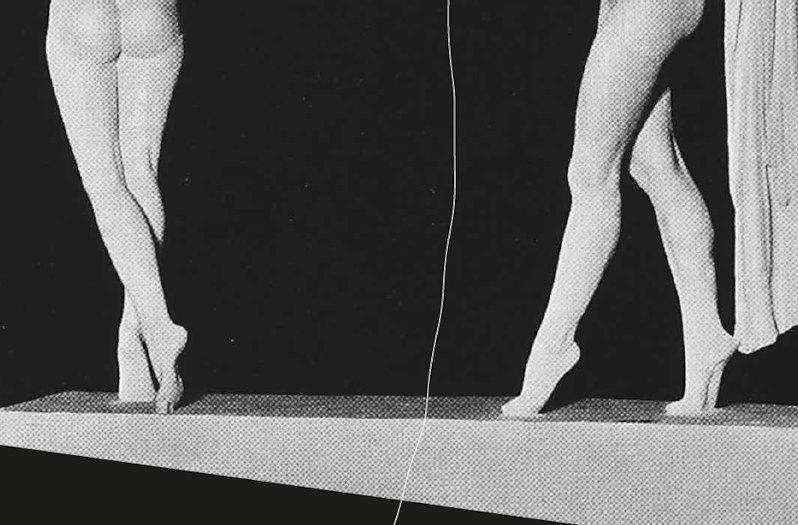Transmission Lexicon

Part 1 - Fall 2017
5 October 2017
Rafael Roozendaal: The Internet as a Canvas
12 October 2017
Tijs Goldschmidt: Communication with People and other Animals
26 October 2017
Maria Barnas: The planet O
2 November 2017
Joachim Naudts: Multi ‑Photography and other worldly matters
9 November 2017
Cyril van Sterkenburg: Whats in a name
16 November 2017
David Bennewith: If-You-Really-Love-Me-You-ll-Choose-a-Better-Font-To-Get-Me-Back
23 November 2017
Hans Hoeken: Tall tales
30 November 2017
Beppie van de Bogaerde: Bimodal Bilingualism
7 December 2017
Izabella Finch: The Pussy Tutorials






Part 2 - Spring 2018
8 February 2018
Hans Aarsman: Zooming in Zooming out
9 February 2018
Marisya Lewandowska: Distribution of Ethics: Archive as Lexicon
15 February 2018
Wilco Tuinebreijer: Beautiful Distress
22 February 2018
Marcel Feil: Alternative Facts
15 March 2018
Paulien Oltheten: Synopsis
22 march 2018
Laurens ten Kate: Impossible Truth
29 March 2018
Leendert van der Valk: Voodoo Music
Ella John Special Act
5 April 2018
Grace Schwindt: Theatre and sculpture
12 April 2018
Yvonne Droge Wendel: Relational things
19 April 2018 J
Janneke Stegeman: The Bible as a Book of Conflict. How to Learn to Fight Gracefully.
17 May 2018
Rico Sneller: Talking Gibberish? Socrates’ Daimonion
24 May 2018
Katarina Zdjelar: Choreography of Language
31 May 2018
Bas kosters: My life in Fashion





Introduction:
“A common saying goes that in times of war the truth is the first casualty” opens Marcel Feil’s article in Foam Magazine #47 on Alternative Facts. Feil goes on to turn this statement around and wonders whether sacrificing the truth puts us into a state of war (yes, possibly a media war).
What is the truth, actually? According to Van Dale it is the real, the faithful, the agreement with an overarching notion, a story or a message and the case in as it is. But how do we know that the case in point really is as it is?
In 2016 ‘post truth’ was named word of the year and entered into the Oxford English Dictionary, as being relating to circumstances in which objective facts are less influential than appeals to emotion and personal beliefs.
This Studium Generale investigates how we communicate with one another, of which the concept of ‘truth’ is an unavoidable part. Communication is an activity through which we exchange meaning by responding to each other’s signals. The Latin word ‘communicare’ refers to making something shared. Still, this does not always lead to mutual understanding. How do we communicate with each other? With words but also with gestures, with our faces and with hidden signals. How is it that such wildly differing interpretations of a shared experience can sometimes come to exist?
Or need we consult Foucault, who says: you must speak the truth and choose the stories of truth that the subject can speak of itself, solely our own subjective truth. Typical forms of this include the confession, the admission, soulsearching and diaries.
We investigate other forms of communication:
How does sign language work and how then exactly can you express yourself?
Propaganda, what is it and how does it work? Personal convictions, not objective facts, are in the driving seat.
What is framing exactly and how can you prevent yourself from becoming a victim? Gossip. How do animals communicate with one another and what can we learn from this?
Hans Aarsman explains that if you zoom out and look at a situation from a distance, then there is much more space for interpretation. Because that is ultimately the goal — to make the world bigger, to offer our lives as much space as possible.
This Studium Generale will investigate the broad terrain of communication, not only in how we convey something but also in the ‘what’, with all of its misunderstandings and limitations.
Sign language, how, alternative facts, propaganda, framing, story telling, arguments, can words be trusted, interpretation, verbal/non-verbal communication, language systems, rules of language, who can speak the unspeakable, coding and decoding language, non-human languages, methods of communication, voice, body language, media training, advertising.
Curator: Hanne Hagenaars
Coordinator: Jeannette Slütter
Posters: Dayna Casey
